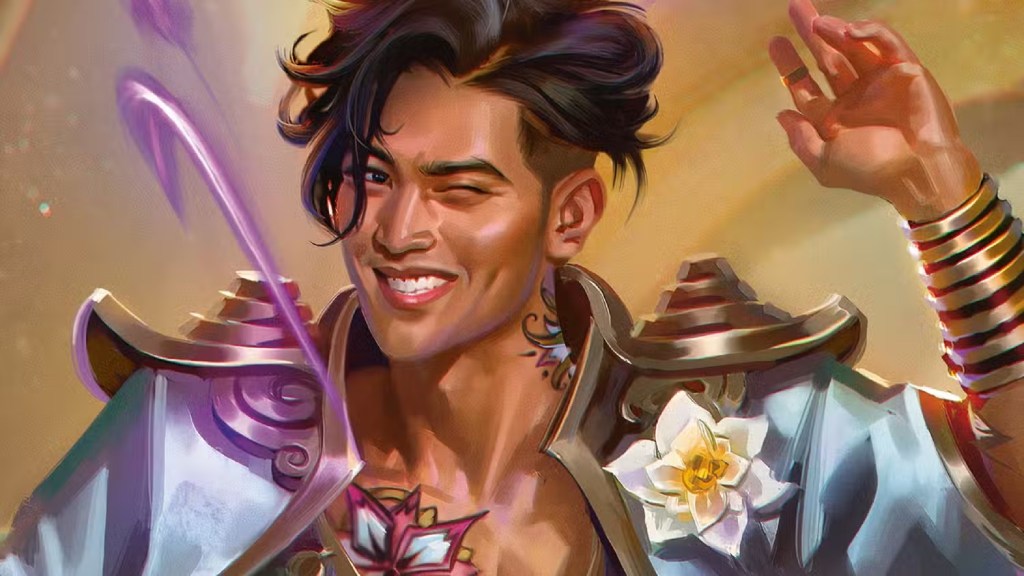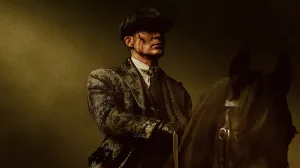Bards are an incredibly versatile class that are perfect for any adventure in Dungeons and Dragons, and it gives you a lot of options regarding how you want to build and play your bard. Luckily, bards have access to an array of support abilities, which makes them a viable choice for any campaign. You probably won’t be the biggest damage dealer in the party, but you can usually build your bard in a way that’s still capable of dropping enemies. However, the real strength of a bard comes from their utility, and my favorite subclass lets you use those abilities to support your teammates during combat, but also aid them in the role-playing aspect of the game.
Videos by ComicBook.com
The most popular subclasses for bards tend to be College of Lore and College of Swords, which are more combat-oriented. A College of Lore Bard, in particular, is the most classic bard and a great spellcaster option, as you get more Magical Secrets than other subclasses, but you also have some support spells to help your team. Despite those strengths, I prefer to use the College of Glamour subclass.
The College of Glamour Bard’s Abilities
As one of the subclasses being added in Baldur’s Gate 3’s last big patch, College of Glamour might get a spike of interest among players, and I hope that will lead to some more tweaks to its skills beyond those made in 2024. However, right now, this subclass is great for playing a support role. I actually use it as a multiclass option when I play a healer, because you have Mantle of Inspiration, an ability that grants temporary hit points on up to three allies, and lets those allies reposition in combat without taking an attack of opportunity. Naturally, you also have Song of Rest, which makes any Short Rest more beneficially for your party. Of course, you don’t need to use this subclass in combination with a healer class, as it would also fit well with classes like Paladin, which also uses Charisma as a primary stat.
RELATED – Dungeons & Dragons Favorites Get New Funko Pop Wave
However, going all-in on bard eventually gives you Unbreakable Majesty at Level 14. This forces enemies to succeed on a Charisma Saving Throw to attack you. If they pass, they have disadvantage on saving throws it makes against your spells on your next turn. As a result, you get an ability that can be used defensively and offensively. I love the extra control you have as a College of Glamour Bard, since you also have Mantle of Majesty, which lets you use Command as a bonus action without using spell slots on each of your turns while the ability is active. If you’ve already charmed a creature, they automatically fail their saving throw against Command.
The Power of a Face

Unsurprisingly, bards are great at being the Face of the party, and depending on your DM, you can use the extra charm from the College of Glamour subclass to help your party navigate NPCs, possibly avoiding sticky situations. Combat might get a lot of focus, but I like to consider the uses of a class in the role-playing part of the game as well.
With College of Glamour, you won’t be the damage-dealing star of your party, but you will be a crucial member from the amount of support you can provide. I know that’s not as exciting for some players, but I love being in a support role in TTRPGs, even outside D&D, especially with subclasses that let you get creative with how you help control enemies and strengthen allies, or you can be a distraction with your glamor and talent. It’s not the strongest subclass, but I think it deserves more credit than it gets, and you can create some amazing and unique builds with it.








